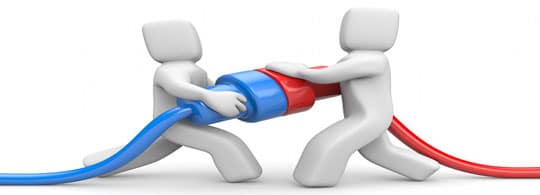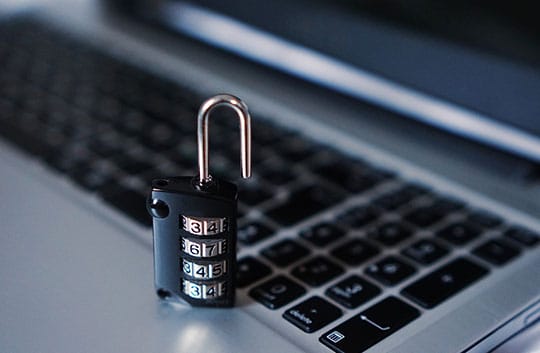It can be frustrating to open your website in the browser just to find that it has been taken down by the hackers. Once a site is hacked, it can quickly affect its position on the search engine. After all the hard work and time you spent on your website, you don’t want hackers to come to your website and mess with it. To protect your site from cyber attacks, you should start taking the necessary steps to enhance its security. The following are 8 steps you can take to protect your site from cyber attacks.
1. Get Updated with the Latest Cyber Security News

Hackers are ever coming up with newer techniques to hack websites. If you are concerned about your site getting hacked, you should regularly read cybersecurity and hacking news on blogs such as The Hacker News. This allows you to stay updated on what kind of virus these hackers are spreading to websites and what you can do to prevent them.
Recommended for you: Smartphone Security: How to Avoid Smartphone Hackers.
2. Enhanced the Security of Your Admin Login Page

The admin login area is the most vulnerable place for hackers so you must reinforce it. One way to reinforce the login page is to use a long password. Your password should contain alphabets, numerical figures, and special characters. You should restrict the number of login attempts so that the login form will be locked after a few times of entering the wrong username/password. The number of password resets should also be restricted because a hacker can easily hack the email accounts. WordPress users can use a plugin like Wordfence to enhance the security layer of admin login page.
3. Make Sure All Software on Your Site are Updated

It is essential that every piece of software on your site is up to date including scripts, plugins, CMS. They are usually open source which means that hackers can easily look up the source code and make changes to them. Every day, hackers will use their software to scan the web and look for websites that are easy for them to hack. Updating your site promptly prevents hackers from gaining any chance in hacking your website.
4. Install Security Plugins

You can use security plugins such as SiteLock to enhance the security of your WordPress site. The security plugin can use the latest techniques to fix various types of vulnerabilities that exist on your WordPress site. Some plugins also have malware scanning feature that will constantly scan your site to detect any malware or script or virus that has attacked your site. It can track users that log in and the changes they made to your site. This allows you to review the log activity and know what takes place on your site.
5. Use HTTPS instead of HTTP

You can improve the security of your website by using HTTPS instead of HTTP for your website address. Most of the website dealing with sensitive personal information do this all the time, for example, have a look at this site. The information exchanged through HTTP (Hypertext Transfer Protocol) is not secure while the information is exchanged through HTTPS is secure and not accessible to the public. Implementing an HTTPS web address is necessary especially if you operate an eCommerce store that requires customers to submit sensitive personal information. To use HTTPS, you will need to buy an SSL certificate. An SSL certificate does not cost much and it can give your customers more credibility on your website.
6. Choose a Secure Web Hosting

The web hosting that you use also plays a vital role in the security of your site. Websites hosted on lousy web hosting are exposed to the higher risks of cyber attacks. Because this type of web hosting is cheap, it is easy for hackers to buy and spread the virus to all the websites hosted on the server. Cheap hosting has poor security on the server and this gives hackers chance to attack your site. When choosing a web hosting, make sure it offers security features like SSH, SSL, and regular backups. Besides, the web hosting that you choose must be reputable and have many positive reviews.
You may also like: Mitigating the Costs Cyber Attacks Have on Your Business.
7. Parameterized Queries

SQL inject is one of the most common attacks on the server. The attack is carried out through web forms used for collecting information submitted by the visitors. Therefore, to protect your website from SQL injection attack, you must enhance the security of the web form. One way to enhance the web form security is to use parameterized queries. Parameterized queries ensure that your website has sufficient parameters so that it will be harder for hackers to hack it.
8. Lock the Files/Folders by Changing the Permission Code

Besides, you can lock your files and folders from unauthorized users by changing the permissions. The permission for the files and folders on your server is made up of digits. For folders/directories, you should set the permission code to 755. For individual files, you can set the permission code to 644. You can change the file permission by going to the File Manager in cPanel or FTP. To change the permission code, you must right click on it and choose the File permissions option.
Conclusion

In conclusion, it is important to take the necessary steps to strengthen your website security against cyber attacks because website hackers are rampant all over the web. Doing so will be able to deter the hackers from attacking your site.





